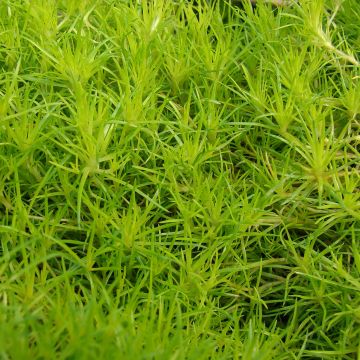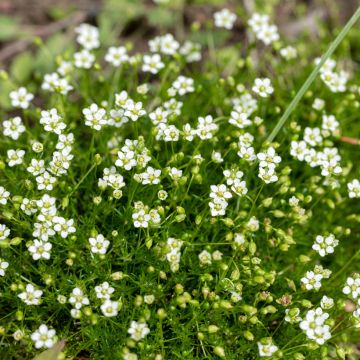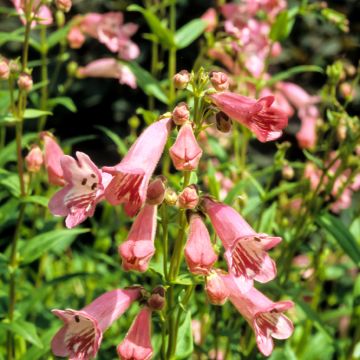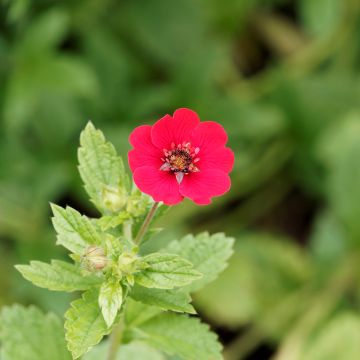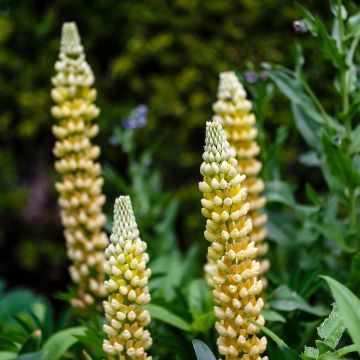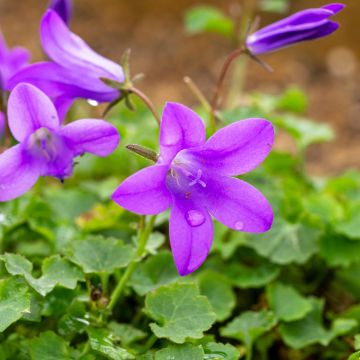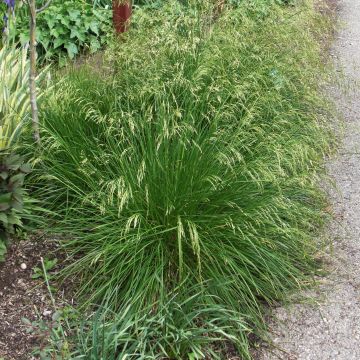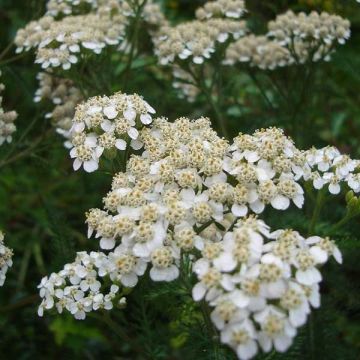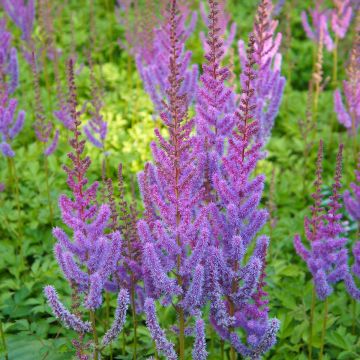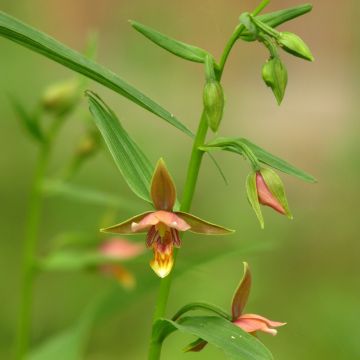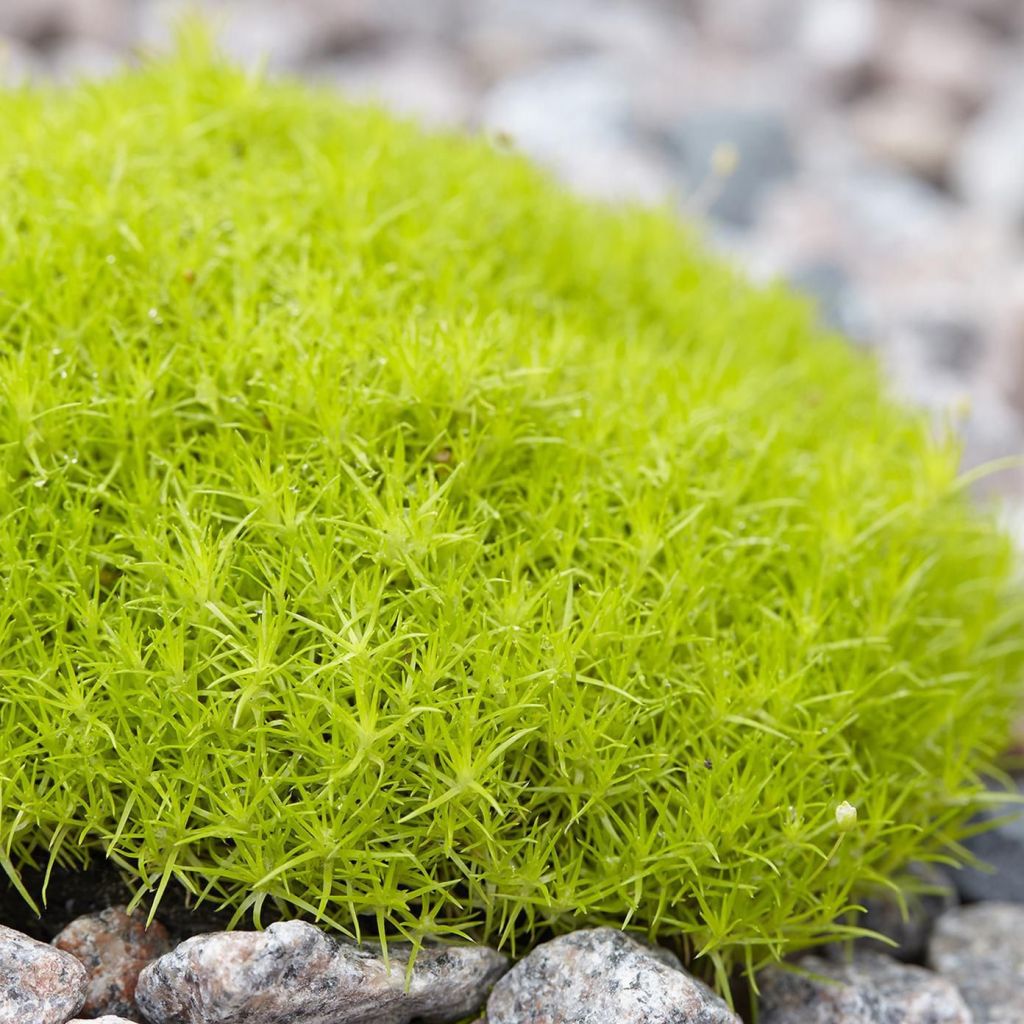

Sagina subulata Lime Moss
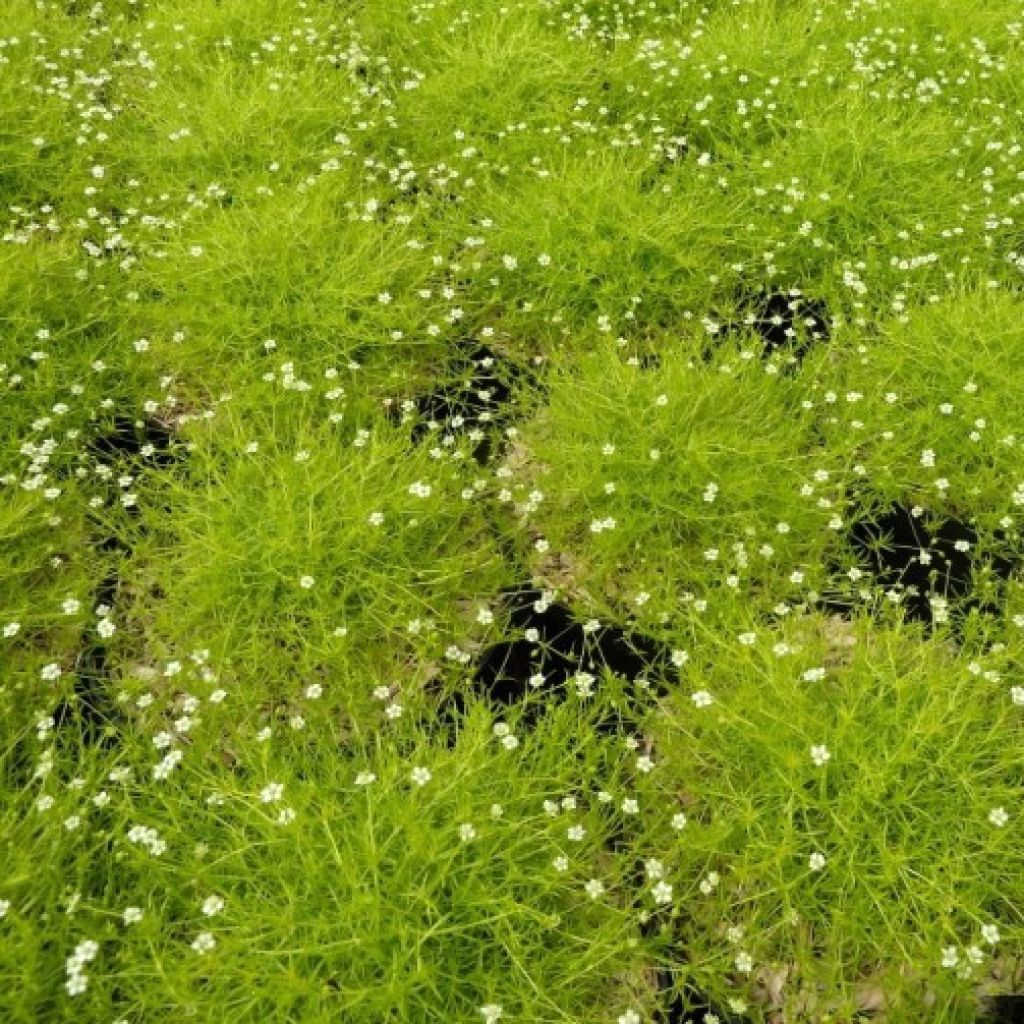

Sagina subulata Lime Moss
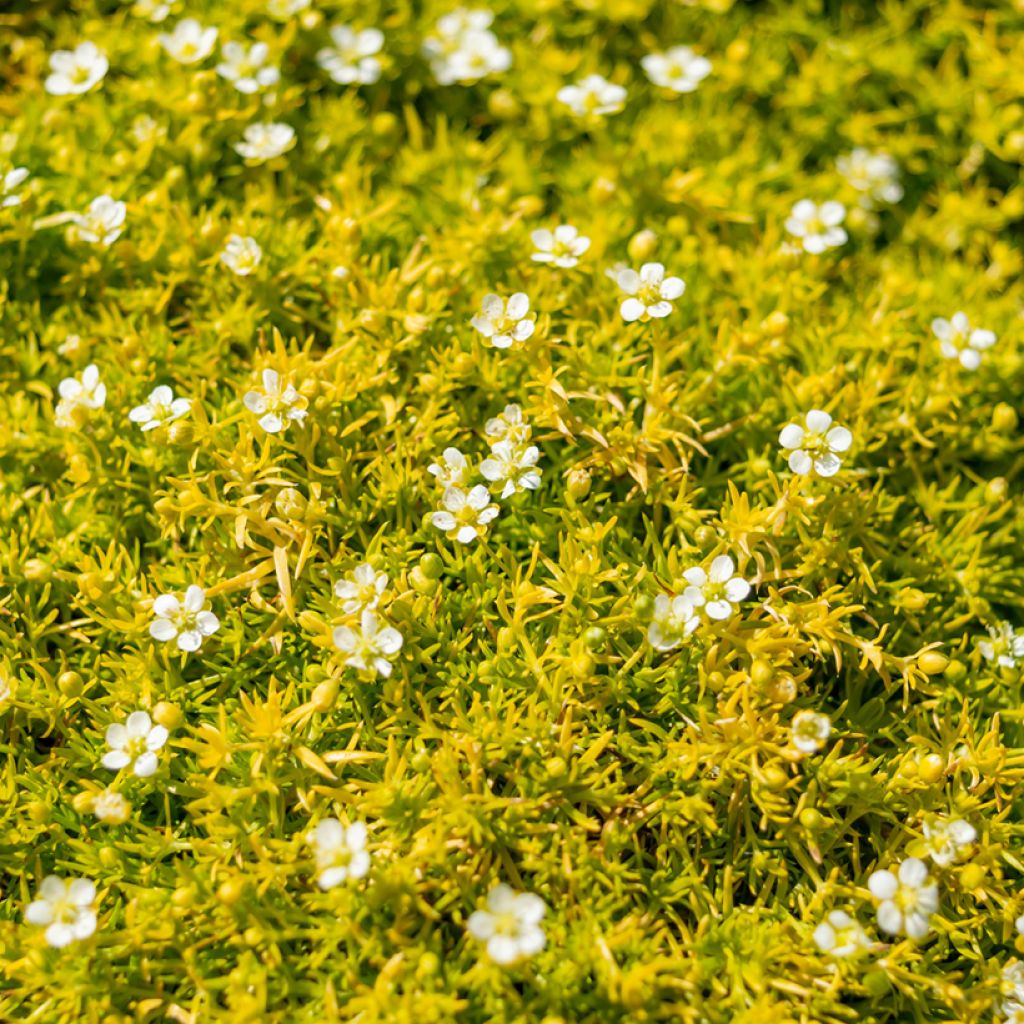

Sagina subulata Lime Moss
Sagina subulata Lime Moss
Sagina subulata Lime Moss®
Heath Pearlwort, Irish-Moss
Special offer!
Receive a €20 voucher for any order over €90 (excluding delivery costs, credit notes, and plastic-free options)!
1- Add your favorite plants to your cart.
2- Once you have reached €90, confirm your order (you can even choose the delivery date!).
3- As soon as your order is shipped, you will receive an email containing your voucher code, valid for 3 months (90 days).
Your voucher is unique and can only be used once, for any order with a minimum value of €20, excluding delivery costs.
Can be combined with other current offers, non-divisible and non-refundable.
Home or relay delivery (depending on size and destination)
Schedule delivery date,
and select date in basket
This plant carries a 12 months recovery warranty
More information
We guarantee the quality of our plants for a full growing cycle, and will replace at our expense any plant that fails to recover under normal climatic and planting conditions.
Would this plant suit my garden?
Set up your Plantfit profile →
Description
The Sagina subulata 'Lime Moss' is a selection of subulate sagina that evokes a cushion of golden moss. Over time, it spreads to form a soft and fluffy carpet that contours the landscape. This perennial plant progresses by rooting itself in various places, and in late spring or summer, it is adorned with small white flowers. Even in winter, it is decorative and highly resistant to cold, illuminating rockeries, enhancing the gaps between paving stones and walls, and elegantly highlighting Japanese designs. It thrives in a light soil that remains consistently moist.
The Sagina subulata 'Lime Moss' belongs to the Caryophyllaceae family, along with the twenty or so species that make up the Sagina genus. Subulate sagina is a small perennial plant native to Western Europe and temperate regions of the Northern Hemisphere. The 'Lime Moss' variety is a trailing plant that eventually forms a very low, evergreen, yellow-green carpet, 6 to 10 cm (2 to 4in) in height, colonizing the area through the rooting of tiny, stoloniferous and ramified stems measuring 1 cm (0in) in length, eventually forming dense cushions over 25 cm (10in) in diameter. Its growth rate is quite slow. In late spring, from May to early July depending on the climate, the carpet is covered in tiny white flowers measuring 4 mm (0in) in diameter. Subulate sagina remains very low and does not require mowing.
This 'Lime Moss' sagina has the advantage of being able to vegetate an area where grass struggles to grow, thanks to its trailing roots. Subulate sagina develops to form a uniform carpet that does not need to be mowed, tolerates moist soils, and is therefore highly valued as a grass replacement. However, it is quite fragile and does not respond well to foot traffic. Like helxine, it is appreciated in mosaic plantings, in rockeries, or to fill gaps between large paving stones and walls. It is also welcome in Japanese-inspired gardens. Paired with hostas and ferns or used as a backdrop for a bed of fuchsias, it is truly captivating. The Sagina subulata 'Lime Moss' is ideal for highlighting the edge of a bed or greening a pot. It should be noted that this plant does not tolerate dry or excessively hot conditions, and is best suited to cool and slightly shaded areas. In full sun, it will require regular watering.
Report an error about the product description
Sagina subulata Lime Moss in pictures


Flowering
Foliage
Plant habit
Botanical data
Sagina
subulata
Lime Moss®
Caryophyllaceae
Heath Pearlwort, Irish-Moss
Cultivar or hybrid
Other Sagina
View all →Planting and care
The Green Moss Sagina subulata should be planted, preferably in spring, in a light, humus-rich soil that remains moist, well-loosened, possibly mixed with coarse sand for drainage, and free from weeds. Plant at least 8 feet per square meter. Choose a partially shaded location, at least during the hottest hours of the day. A sunny exposure is acceptable in cool climates, even in summer. Water regularly during the summer.
Planting period
Intended location
Care
This item has not been reviewed yet - be the first to leave a review about it.
Similar products
Haven't found what you were looking for?
Hardiness is the lowest winter temperature a plant can endure without suffering serious damage or even dying. However, hardiness is affected by location (a sheltered area, such as a patio), protection (winter cover) and soil type (hardiness is improved by well-drained soil).

Photo Sharing Terms & Conditions
In order to encourage gardeners to interact and share their experiences, Promesse de fleurs offers various media enabling content to be uploaded onto its Site - in particular via the ‘Photo sharing’ module.
The User agrees to refrain from:
- Posting any content that is illegal, prejudicial, insulting, racist, inciteful to hatred, revisionist, contrary to public decency, that infringes on privacy or on the privacy rights of third parties, in particular the publicity rights of persons and goods, intellectual property rights, or the right to privacy.
- Submitting content on behalf of a third party;
- Impersonate the identity of a third party and/or publish any personal information about a third party;
In general, the User undertakes to refrain from any unethical behaviour.
All Content (in particular text, comments, files, images, photos, videos, creative works, etc.), which may be subject to property or intellectual property rights, image or other private rights, shall remain the property of the User, subject to the limited rights granted by the terms of the licence granted by Promesse de fleurs as stated below. Users are at liberty to publish or not to publish such Content on the Site, notably via the ‘Photo Sharing’ facility, and accept that this Content shall be made public and freely accessible, notably on the Internet.
Users further acknowledge, undertake to have ,and guarantee that they hold all necessary rights and permissions to publish such material on the Site, in particular with regard to the legislation in force pertaining to any privacy, property, intellectual property, image, or contractual rights, or rights of any other nature. By publishing such Content on the Site, Users acknowledge accepting full liability as publishers of the Content within the meaning of the law, and grant Promesse de fleurs, free of charge, an inclusive, worldwide licence for the said Content for the entire duration of its publication, including all reproduction, representation, up/downloading, displaying, performing, transmission, and storage rights.
Users also grant permission for their name to be linked to the Content and accept that this link may not always be made available.
By engaging in posting material, Users consent to their Content becoming automatically accessible on the Internet, in particular on other sites and/or blogs and/or web pages of the Promesse de fleurs site, including in particular social pages and the Promesse de fleurs catalogue.
Users may secure the removal of entrusted content free of charge by issuing a simple request via our contact form.
The flowering period indicated on our website applies to countries and regions located in USDA zone 8 (France, the United Kingdom, Ireland, the Netherlands, etc.)
It will vary according to where you live:
- In zones 9 to 10 (Italy, Spain, Greece, etc.), flowering will occur about 2 to 4 weeks earlier.
- In zones 6 to 7 (Germany, Poland, Slovenia, and lower mountainous regions), flowering will be delayed by 2 to 3 weeks.
- In zone 5 (Central Europe, Scandinavia), blooming will be delayed by 3 to 5 weeks.
In temperate climates, pruning of spring-flowering shrubs (forsythia, spireas, etc.) should be done just after flowering.
Pruning of summer-flowering shrubs (Indian Lilac, Perovskia, etc.) can be done in winter or spring.
In cold regions as well as with frost-sensitive plants, avoid pruning too early when severe frosts may still occur.
The planting period indicated on our website applies to countries and regions located in USDA zone 8 (France, United Kingdom, Ireland, Netherlands).
It will vary according to where you live:
- In Mediterranean zones (Marseille, Madrid, Milan, etc.), autumn and winter are the best planting periods.
- In continental zones (Strasbourg, Munich, Vienna, etc.), delay planting by 2 to 3 weeks in spring and bring it forward by 2 to 4 weeks in autumn.
- In mountainous regions (the Alps, Pyrenees, Carpathians, etc.), it is best to plant in late spring (May-June) or late summer (August-September).
The harvesting period indicated on our website applies to countries and regions in USDA zone 8 (France, England, Ireland, the Netherlands).
In colder areas (Scandinavia, Poland, Austria...) fruit and vegetable harvests are likely to be delayed by 3-4 weeks.
In warmer areas (Italy, Spain, Greece, etc.), harvesting will probably take place earlier, depending on weather conditions.
The sowing periods indicated on our website apply to countries and regions within USDA Zone 8 (France, UK, Ireland, Netherlands).
In colder areas (Scandinavia, Poland, Austria...), delay any outdoor sowing by 3-4 weeks, or sow under glass.
In warmer climes (Italy, Spain, Greece, etc.), bring outdoor sowing forward by a few weeks.






























